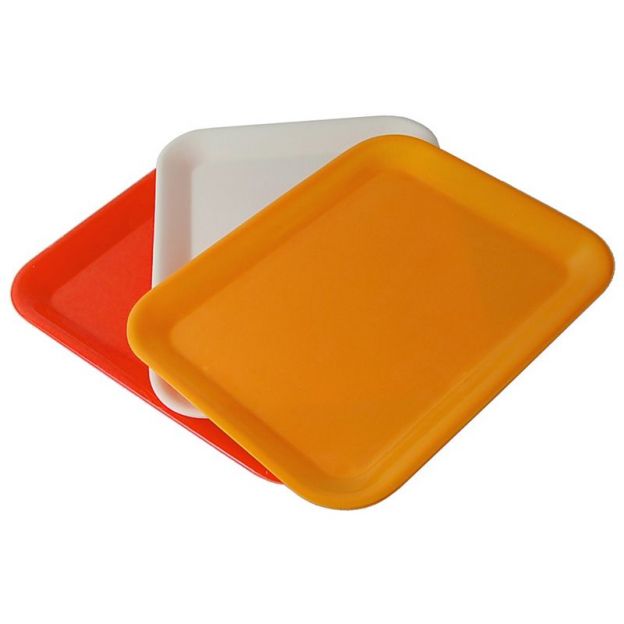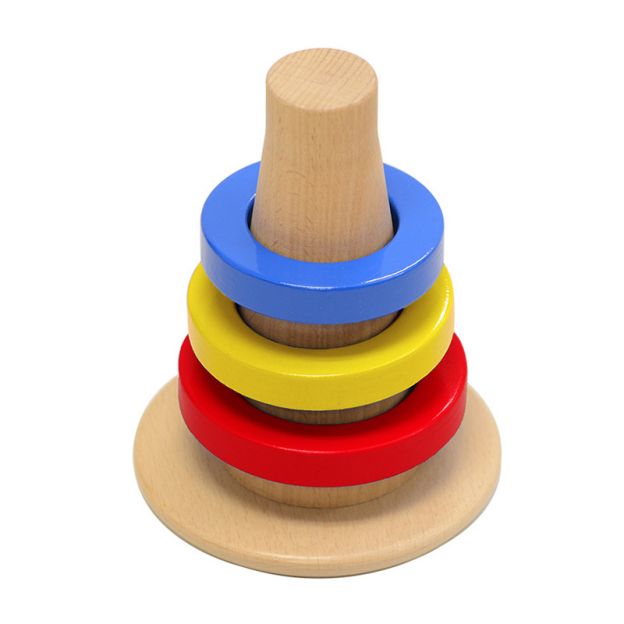A toddler isn’t
different from an explorer in search of knowledge, information, and experience.
Playtime provides an excellent opportunity for children to develop and practice
new skills at their pace while sticking to their particular interests. The toys
that you provide your child will shape his/her development in important ways.
In the beginning, you may think that buying toys for toddlers is a simple task.
However, as soon as you walk into a brick-and-mortar shop or explore the
products available on web store, you will feel overwhelmed. A massive number of
toys already invaded the toddler market. Fortunately, the information provided
here will allow you to shop without fear.

1. Multiple uses: Children love to
take apart, pull out, put back together, put in, build up, and add on. Therefore,
you need to choose open-ended
Montessori Toys available at Kidadvance.com. For instance, you can buy wooden or high-quality and safe plastic
interlocking blocks that they use to create roads, bridges, zoos, spaceships,
etc. Such toys prod at their imaginative capabilities to solve problems while
thinking logically.
2. Toys that grow: As time passes,
your child will continue to grow. Your choice of Montessori Toys should be such
that they will grow with them. Most parents often notice that their children
play with a toy for two days and then abandon it completely. You can get rid of
this problem by buying toys that are appropriate for specific developmental
stages. For instance, if you buy small animals made of plastic for a toddler,
then they can create a shoebox house for those creatures to stay.

3. Building imagination:
When your child reaches his/her third year, his/her creativity levels will take
off. He/she will assume of someone else and imagine a plaything as something
else. Hence, you should purchase toys that spark a child’s imagination so that
they can make those things a part of their stories. Role-play builds linguistic
and literary skills and problem-solving skills. They will also learn to follow
sequences or place things in a logical order.
4. Encouraging exploration:
Playtime gives children the chance to practice different skills over and over
until they learn it. Toys should give children a chance to figure something out
without your help. Of course, you need to coach them a bit first. Otherwise,
they won’t be able to build logical thinking abilities. Once they learn
fundamental skills, they will become persistent problem-solvers. So, the toys
that you choose should develop spatial relation skills, hand-eye-mind
coordinating skills, and fine and gross motor skills.

5. Keep it real: Children are smart
enough to figure out how specific objects in his/her world works. It can be
about switching on a television or the light of a room. He/she will also show
genuine interest in playing with actual items, such as your phone or your car’s
keys. These actions show that your child is attempting to be as capable as you.
So, you should pick toys that will teach them to solve problems, develop motor
skills, and build spatial relations.
Cross-generational play
An adult and a child
can play almost anything together. In that respect, manufacturers create
specific toys that are suitable for an adult to participate. When your child
approaches the age of three and beyond, you should consider introducing your
kid to early board games. These allow a child to his/her memory. There are also
a few pieces where the player doesn’t have to read to learn something. These
board games are fun to play with for people of all ages. Furthermore, playing
with your child will strengthen the bond between you two.






